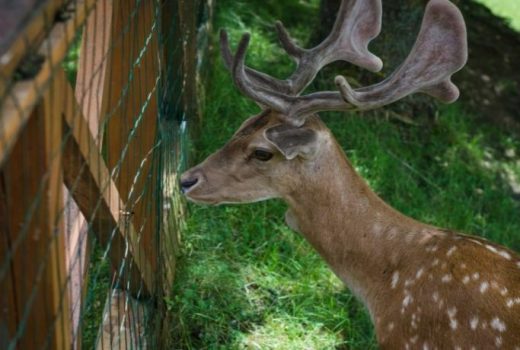That’s the question that has dogged gardeners for years. Tomatoes come in so many different varieties that it’s hard even to generalize about taste. But deer are a picky lot. Most deer avoid all fruits except those from trees. Tomatoes, on the other hand, are easy. They ripen in July, and that’s about the only time deer bother to eat fruit unless it’s ripe.
So ,deer eat tomatoes. In fact, deer will eat any plant that is small enough to fit between their front legs.
This article has been written for those who have a tomato garden that wants to protect it from a deer invasion. It is well known that deer love to eat tomatoes. So if you have carefully planted your tomato plants you have worked hard on forming the perfect tomato garden only to lose it all during a deer herd visit.
What other plants do deer eat?
Plants that deer find delicious include the following:
- Carrots
- Cabbages
- Peas
- Broccoli
- Cauliflower
- Brussel sprouts
- Cucumbers
- Kale
- Melons
- Peas
- Potatoes
- Lettuce
- Strawberries
- Berries
- Rhubarb
- Sweet corn
- Tomatoes
- Corn
- Beans
- Cabbage
Fruits:
- Deer also have a taste for apple trees, beans, berries, corn, and grapes.
- Deer won’t eat dogwood, lilacs, sour cherries, or tulip trees.
How to Keep the Deer Away From Tomatoes?
Here’s how you can protect tomatoes from deer in your garden.
Deer are a major threat to tomato crops. They eat everything green—and tomato leaves are green—and they damage the plants by stripping them of leaves.
An effective deer barrier is a simple thing: put something in their way. One method is to put a fence around the garden, but fences don’t work. The deer jump over them.
Another method is to build the fence high enough that when the deer try to jump over it, they get stuck. Climbing a fence is harder than it looks, so deer can usually scurry around a shorter fence, but they get stuck if they try to jump over a tall one.
The next best thing: make a fence with stakes in it. Deer don’t like to walk through thorny things, so they tend to avoid it. The stake fence works fairly well, though some people report problems with mice and rabbits digging under the fence.
Another method is to put netting on the fence. Deer don’t like wind, and mesh fences deflect the wind. (In winter, deer huddle together to keep warm) But deer don’t like to walk through the mesh, either, so netting fences don’t work very well.
Cedar:
The best one I know of is cedar. Deer don’t like the smell of cedar, and they don’t like cedar chips either. If you keep a cedar fence around your garden, you won’t see any deer, although the ones in the garden next door will be willing to risk it and come in.
Other repellents, including;
Bug sprays and soap can be dangerous. Bug spray and soap can irritate eyes and skin, and soap can burn the skin.

